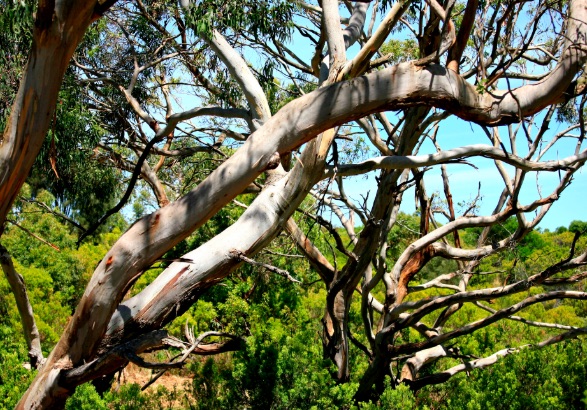Central Coast Council is to propose new tree removal provisions for its planning scheme.
A new “Tree Management Chapter” will be placed on public exhibition for public comment and will replace existing provisions. The draft proposes the adoption of a permit system for tree removal but includes an overriding set of three exemptions from the need for a permit.
The three exceptions would apply if the removal was authorised under the Local Land Services Act 2013, if Council was satisfied the vegetation was dying or dead and was not required as the habitat of native animals, or if Council was satisfied the tree was a risk to human life or property.
Other listed exemptions include work relating to the operations of the State Emergency Services, the electricity network, bushfire hazard reduction, 10/50 entitlement area clearing, survey work, water management works and forestry operations. Permits would be required, according to the draft, for any proposal to cut down, fell, uproot, kill, poison, ringbark, burn or otherwise destroy the vegetation, or prune, lop or otherwise remove a substantial part of the vegetation.
If enforced strictly in accordance with the current definitions, a landowner would need a permit from Council to remove non-native shrubs and trees. In a report to the Monday, October 8, meeting of Central Coast Council, staff have proposed to add exemptions for the pruning or removal of non-native shrubs, understorey and groundcover vegetation for the maintenance of lawns and non-native gardens; pruning or removal of individual native shrubs, understorey and groundcover vegetation for the maintenance of native gardens.
They propose limiting removal to a maximum area of 50 square metres to be immediately replaced with effective groundcover plants or material to prevent soil erosion. Another proposed exemption would be for pruning of a maximum of 10 per cent of tree foliage area once every growing season and in accordance with the Australian Standard for Pruning of Amenity Trees (AS4373-2007), applicable to branches no more than 50mm in diameter. Native bushland weeding and regeneration works by manual means would be another exemption.
“These additional allowances … will effectively enable lawn and garden maintenance without out the burden of excessive permitting requirements.” Council staff surveyed the websites of other local Councils to aid in the preparation of the new chapter. “Of the Councils surveyed, 43.75 per cent had adopted a revised DCP to address the Biodiversity Conservation and Land Management Reforms, including the Vegetation SEPP, which were introduced in August 2017. In terms of permitted Exemptions, 37.5 per cent allowed removal of trees within three metres of an approved building without a permit, 18.7 per cent permitted removal of trees within fi ve metres, 6.2 per cent permitted removal of trees within 2 metres and 37.5% provided no distance exemption, requiring a permit for any tree management work.
Several Councils qualified this distance exemption by requiring permits for tree management works on specific species (Norfolk Island, Hoop and Bunya Pines), native trees within certain localities, trees required to be retained via condition of development consent, trees listed on a Significant Tree Register, or those listed as a Heritage Item under their LEP. Many local government areas also detailed further exemptions (similar to Central Coast Council), such as trees listed on an Undesirable Species List, removal of weed species, pruning branches within three metres of powerlines by a licensed contractor, or within one metre of telecommunication wires, or where directly overhanging the roofline of an approved structure, in accordance with Australian Standard for Pruning of Amenity Trees (AS4373-2007). “Having regard to the other Councils surveyed, it is clear that generally the exemptions proposed … address similar matters using similar wording. “It is considered that the exemptions now proposed … will provide effectively for vegetation management on non-rural lands, without out the burden of excessive permitting requirements.”
The Council has not announced the public consultation period for the draft chapter.
SOURCE: Agenda item 2.3, 8 Oct 2018 Central Coast Council ordinary meeting
As a guide to our readers : A link to Council’s online feedback and engagement platform is here.



